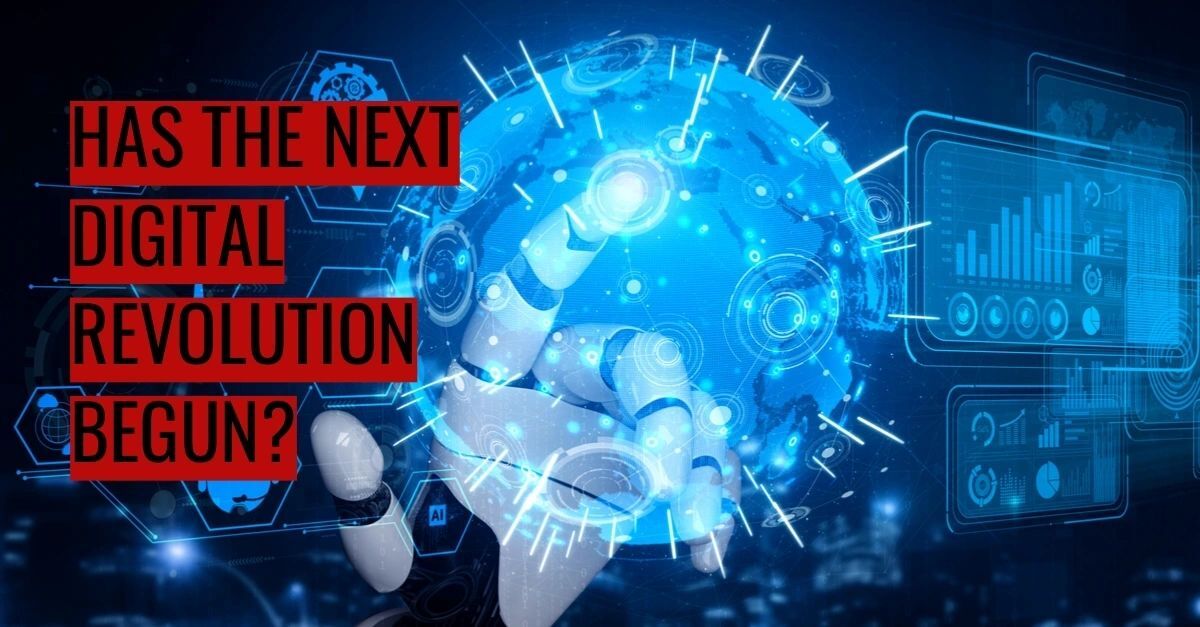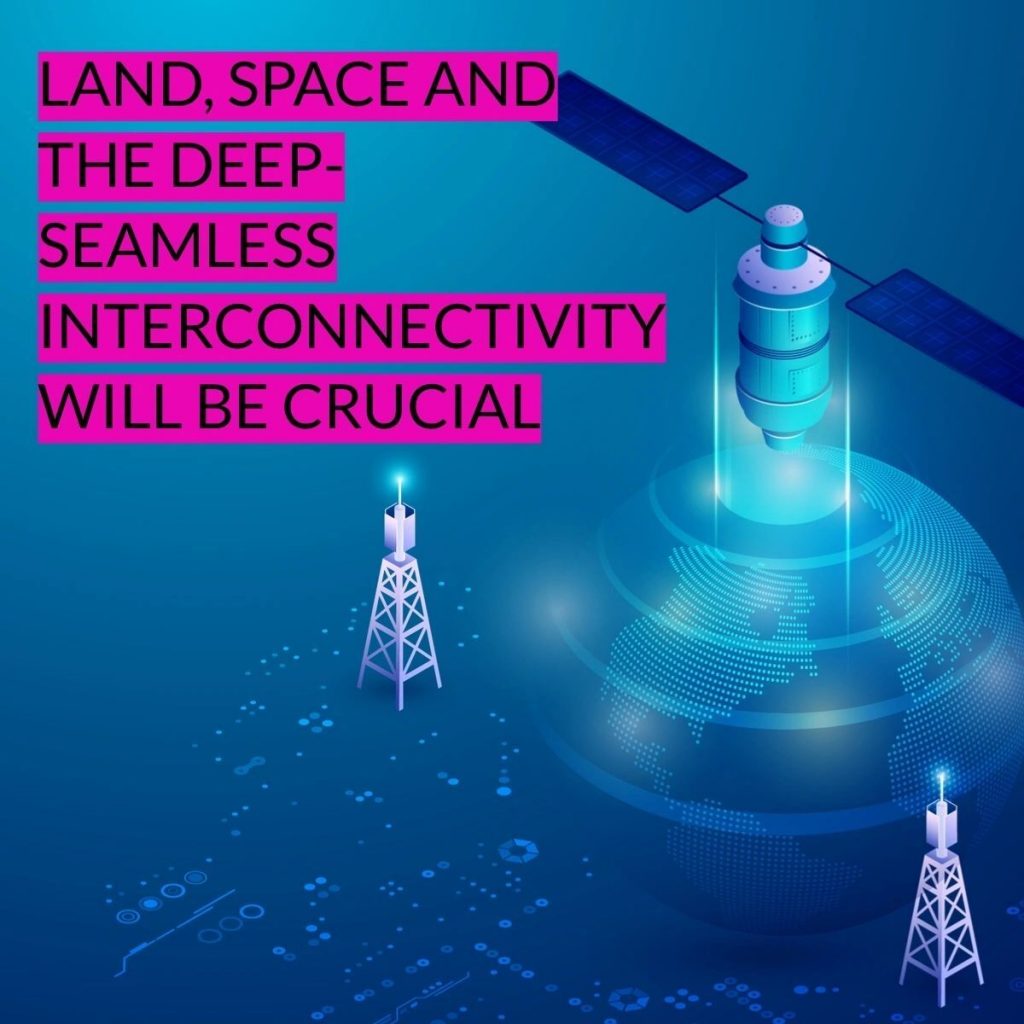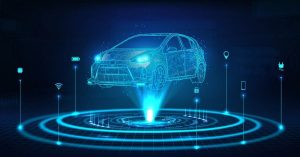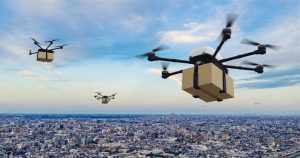
17 Mar Has the next digital revolution begun?
I think we’re on the cusp of something exciting, energising and revolutionary. I haven’t felt like this since 1998, when the dot com boom was gathering pace.
And I believe our next digital revolution is likely to be even more life-changing. Drones will soon be making home deliveries, whilst we take trips on small unmanned aerial vehicle’s (UAV’s). We already have electric vehicles (EVs) that drive themselves but just how far can we take artificial intelligence (AI)? Could daily interactions with robots become the norm?

Already, so much is possible with data management, satellites and 5G. Rocket journeys, space exploration and inhabiting Mars may be part of our daily conversations before we know it.
The perfect blend
Perhaps you think I’m getting just a little carried away but what you should be able to accept is that digital connectivity and data analysis are driving phenomenal innovation and making new things possible every day.
Beating at the heart of the engine of our newest digital revolution, is the perfect combination of seamless connectivity, highly advanced data analytics and AI, enabling the instant delivery of very valuable information.
Let’s think back
Back in 1999, when the World Wide Web – the internet – was born, it revolutionised our lives and laid the foundations for the development of so many of the things that we now take for granted. There would be no Amazon, Google, Uber, Netflix, internet doctors, Wikipedia or even working from home without it. It’s hard to even imagine a life without the internet.
In the same way, our next revolution will be underpinned by connectivity but this time it will be integrated with AI and use rapid analysis of data to create solutions we currently only dream of. What’s more, it won’t just need to work seamlessly on the ground, it will happen at 30,000ft in the sky and 3000 leagues under the sea.

Making the magic happen
First, a seamless infrastructure of interconnectivity needs to be created by linking 4G, 5G and satellite communications (LEO, GEO and MEO). Next AI will need to be integrated to maximise the possibilities of this powerful, interconnected network and lastly, we’ll add our worker bee, Data Analysis to give it all meaning.
For now, the focus is on how to claw back some returns from the massive investments that have been, and will be, required to make seamless connectivity possible – but the future is on its way.

Drones are being connected to ground systems, intelligent charging systems are in development for Electric Vehicles to overcome infrastructure limitations and robots are being designed to learn and adapt through AI, so they can adhere to the most stringent safety and operational systems. And these solutions all need to be underpinned by 100% faultless connectivity.

The future I see, when we have cracked this part of the equation, has UAVs buzzing around safely, EVs costing us little to run and making no impact to our existing electricity infrastructure, robots cooking our favourite meals while we spend more time with friends and family, and inhabitants communicating from Mars.
How do you feel about a future like that?
